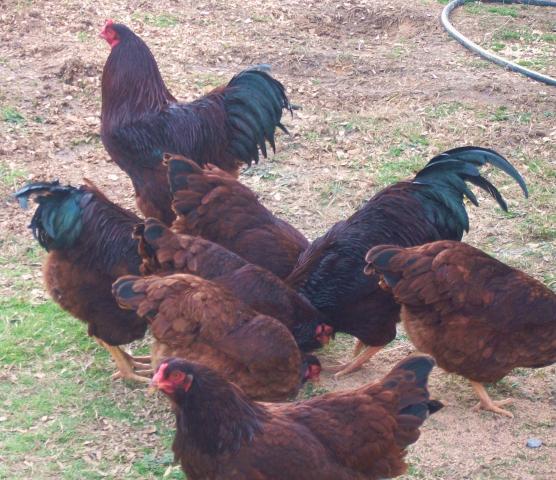Quote:
That would be me! Of course you did good. My Buckeyes are offspring from David Puthoff's flock. "Are they Urch?" Dave has a very gentically diverse flock. I think he has gotten bloodlines from 5 or 6 different breeders. This Summer I culled all the ones that I felt weren't up to standard. I am no expert judge, but I like to think I did okay.
That would be me! Of course you did good. My Buckeyes are offspring from David Puthoff's flock. "Are they Urch?" Dave has a very gentically diverse flock. I think he has gotten bloodlines from 5 or 6 different breeders. This Summer I culled all the ones that I felt weren't up to standard. I am no expert judge, but I like to think I did okay.





